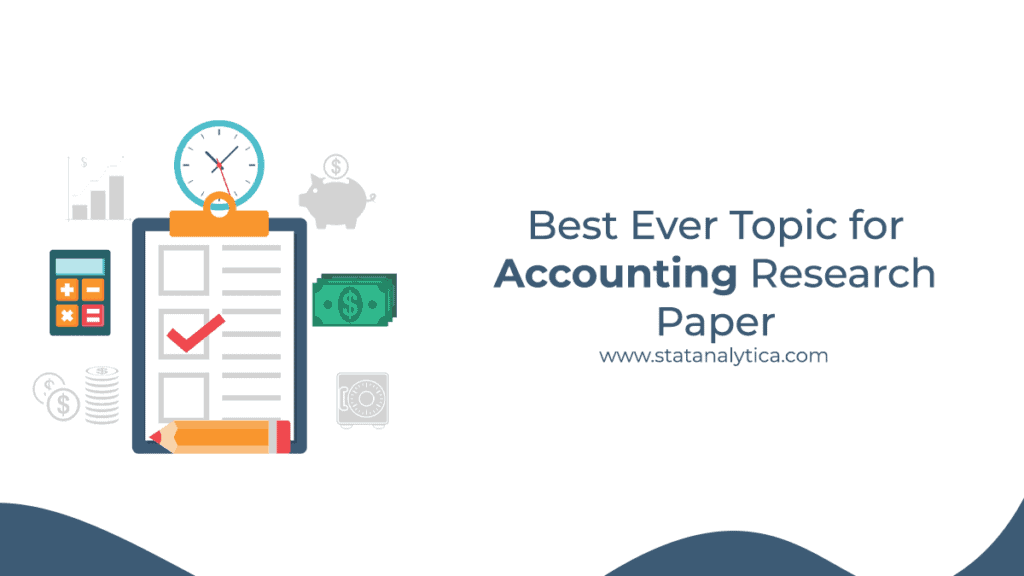When people ask what accountants do, they always discuss jobs like tax agents and independent auditors. The several roles performed by skilled accountants who work in companies are often overlooked and misunderstood.
What do a company’s independent director, internal auditor, and chief financial officer have in common? All of the people in these positions may be professional accountants who work in companies. Aside from these responsibilities, professional accountants work in various environments, including the public sector, not-for-profit organizations, regulatory or professional bodies, and academia. Their extensive work and experience have one thing in common: their accounting skills.
Different specialized fields in accounting have emerged as a result of economics, manufacturing, and technical developments.
Different branches of accounting started in response to the various types of accounting data required by multiple classes of peoples.
Branches of Accounting
Table of Contents
There are many branches of accounting. Each branch came due to technical, economic, or industrial advancements and served a distinct purpose.
Financial Accounting
Financial accounting is a means of recording corporate transactions by accounting standards. It is the first version of the accounting system. The main goal of financial accounting is to measure a company’s profit or loss over some time and offer an accurate picture of the company’s financial situation as of a specific date. Financial accounting rules are used to establish a company’s trial balances, profit & loss accounts, balance sheets. Creditors, banks, and financial institutions may use these to determine the company’s financial situation.
Financial accounting is the process of documenting and categorizing a company’s transactions. This information is also historical, which means it was collected in the past.
It also entails preparing financial statements from these transactions. According to accounting verse, all financial information, such as the balance sheet and income statement, must be compiled by generally accepted accounting standards(GAAP).
Furthermore, taxing authorities can measure the tax solely based on these documents. This accounting can provide you with a lot more than just essential assistance. Aside from these, there are many other things to consider, such as bank balances, account receivable balances, account-by-account summary, bank reconciliation, and so on. The list on and on.
Financial accounting is done to conform with external rules, not analyze and make financial decisions for internal employees: managerial accounting is used.
Cost Accounting
it is a type of managerial accounting. The automotive sector, which has many resources and expenses to handle, is where cost accounting is most widely used. It’s a form of accounting that’s used to evaluate a company’s activities internally.
Cost accounting is concerned with determining the price of a good or service. It calculates the cost by considering all factors contributing to the output production, including manufacturing and administrative expenses. Cost accounting aims to assist management in setting prices and controlling production costs. These brief explanations of these accounting branches can result in an overlapping understanding of each accounting branch.
The field of cost accounting is concerned with the recording and analysis of production costs. According to accounting tools, it examines a company’s fixed ( unchanging and constant prices, such as rent) and variable costs (changing costs, such as shipping charges), how they impact the business, and how these costs can be best controlled.
Auditing
External and internal auditing are the two forms of auditing. In external auditing, an independent third party examines a company’s financial statements to ensure that they are correctly presented and follow GAAP.
Internal auditing entails assessing how a company diodes accounting responsibilities, authorized to perform which accounting tasks, and the processes and policies in effect.
According to accounting tools, internal auditing helps a company detect fraud, mismanagement, and waste and identify and control any possible flaws in its policies or procedures.
Auditing is a field of accounting in which an outside*de certified public accountant, known as an auditor, inspects and certifies the quality and consistency of a company’s reports. Internal auditing is a practice in which a business employee or external staff monitors the accounts regularly and assists management in keeping correct records for audit purposes.
In most nations, the official auditors of the corporation are the ones that certify the accounts. These auditors must maintain an arm’s length relationship with the company. This implies that they should not be able to profit directly from the company. The firm, on the other hand, should have no ties to these auditors.
So that they may audit and report on the state of their accounts on their own, these auditors are appointed by shareholders of publicly traded companies. These legislative auditors are in charge of informing the company’s shareholders of the correct state of affairs.
Managerial Accounting
it is known as management accounting; this method of accounting provides managers with information about a company’s activities. Managerial accounting aims to provide managers with the information they need to make decisions about a company’s activities, not to follow GAAP strictly.
Budgeting and planning, expense analysis, financial analysis, and analyzing previous management decisions are examples of managerial accounting. A form of managerial accounting is cost accounting.
This branch of accounting offers management to improve business administration. It helps in the making of critical decisions and the management of different business activities. Budgets, projected cash flow and fund flow statements, variance analysis reports, cost-volume-profit analysis reports, break-even-point estimation, other management information systems can help management make better decisions.
The terms management accounting or financial accounting are not synonymous. Both are distinct. Management accounting serves the interests of management in making decisions on cost minimization and benefit. On the other hand, financial accounting is used to determine a company’s financial status for shareholders, creditors, and creditors, and financial institutions. Management accounting reports are kept confidential and only used by management. As a result, they are kept private.
Tax Accounting
Tax accounting includes both planning for tax season and preparing tax returns. This branch of accounting assists companies in complying with regulations.
Tax accounting also assists companies in determining their income tax and other taxes and how to minimize the amount of tax owing legally. Tax accounting examines tax-related investment decisions as well as all other tax-related issues.
It is concerned with taxes. Ots responsibilities include preparing and filing multiple tax returns as well as coping with their legal implications. Tax accountants help financial accountants prepare financials for tax reporting to different authorities while also assisting tax accountants in minimizing tax payments. Tax accounting includes:
- Advising on the impact of taxation on various business areas.
- Minimizing taxes by legal means.
- Checking the tax payable on business consequences.
This is often referred to as tax preparation. The distinction between tax planning and tax avoidance is essential. In general, tax preparation includes attempting to minimize tax liability while remaining within legal bounds. On the other hand, tax evasion is a crime. When a company engages in tax evasion practices, the tax authorities can pursue them.
Forensic Accounting
This specialized accounting service is becoming increasingly common in the accounting world. Forensic accounting is concerned with legal matters such as fraud investigations, legal disputes, and dispute and claim settlement.
When financial documents are incomplete, forensic accountants must restore financial data. This may include decoding tampered data or converting a cash accounting system to accrual accounting. According to accounting tools, forensic accountants are usually contractors who work on a project basis.
In legal matters, forensic accounting, also known as legal accounting, allows for calculating damages and resolving disputes. It entails conducting in-depth audits and performing recalculations to assess the accounting. Such accounting methods are usually used when there are suspicions of fraud or mismanagement within an organization.
Fiduciary Accounting
The control of a property for another individual or company is the focus of this branch of accounting. The fiduciary accountant manages all accounts and activities related to the administration and guardianship of property.
Estate accounting, trust accounting, and receivership (appointing a custodian of a business’s assets during situations such as bankruptcy) are all examples of fiduciary accounting. variors tools and technologies are employed to aid in there processes. for example estate accounting software is often utilized to streamile the managment and reporting of these fiduciary duties.
It is the accounting and evaluation of a third party’s company and property that is help under another person’s guardianship. To be more specific, imagine a corporation that has declared bankruptcy. In such cases, the entire accounting process is placed under the supervision of an individual or group of people who are not directly related to the business. We’re talking about a form of accounting called fiduciary accounting.
Fund Accounting
It has to do with keeping track of funds for non-profit organizations. separate fund accounts are prepared for separate works To ensure proper fund use, such as welfare schemes of various types if such an organization has collected “x” funds to help children’s education and “y” funds to help window women. Fund accounting guarantees that funds allocated to specified purposes are used for the same purpose.
What is the Type of Accounting Method?
Cash and accrual accounting are the two forms of accounting methods. Most small businesses can use any tool. The accrual approach is needed for companies or has gross sales of more than $5 million per year.
Cash Method
The easiest accounting method is cash accounting. Revenue is registered when money is received. According to the Houston Chronicle, when money is spent, an expenditure is reported.
Accrual Method
Revenue is registered when it is paid, not when money is received, in accrual accounting. A business may provide a service and charge the customer. Revenue is registered in the books even though the client has not yet paid.
Conclusion
Here in this blog, you have learned about the branches of accounting. I hope you have understood about branches of accounting. And also if you are facing any problem while doing accounting essay help and you need help. Then don’t worry about this we are here to help you with accounting essay help. If you really need help with accounting assignment then contact our assignment in accounting experts or comment below and get the best accounting essay writing services.

